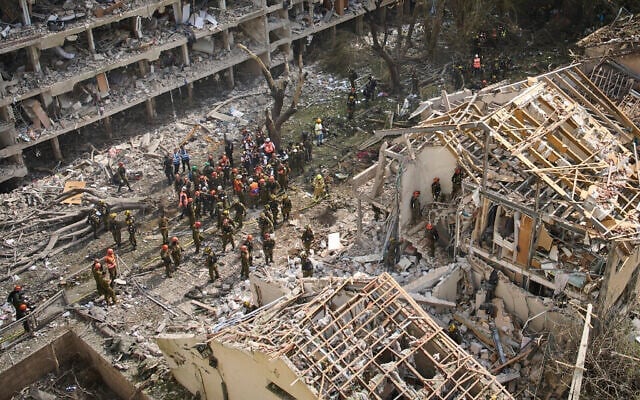In a 12-day missile campaign launched by Iran, Israel sustained an estimated $3 billion in damages, marking one of the most financially destructive periods in recent Israeli history. The barrage targeted both civilian and military infrastructure, leading to widespread damage to buildings, roads, energy facilities, and commercial establishments. Government reports confirmed that key cities were severely impacted, requiring significant reconstruction efforts in the aftermath.
During the attacks, the Israeli economy was virtually shut down in addition to suffering personal harm. For safety considerations, the majority of non-essential companies were instructed to cease operations, public events were cancelled, and schools were closed. Temporary drops occurred in financial markets, and nationwide disruptions occurred in supply systems. The evacuation of thousands of citizens from high-risk areas put additional pressure on emergency response and public services.
According to experts, this strike is unprecedented in modern Israeli history in terms of both its economic cost and strategic ramifications. Although many incoming threats were intercepted by the Iron Dome and other defence systems, others managed to get through due to the overwhelming amount of missile fire. According to economic analysts, the financial losses resulting from reduced output, interrupted travel, and emergency deployments might even surpass first projections.
International concern over Middle Eastern regional stability has been aroused by this act. Reconstruction is currently in progress in Israel as both countries evaluate the financial and political costs. Global powers, however, are calling for de-escalation out of concern that more fighting might have even more severe regional economic and humanitarian repercussions.





